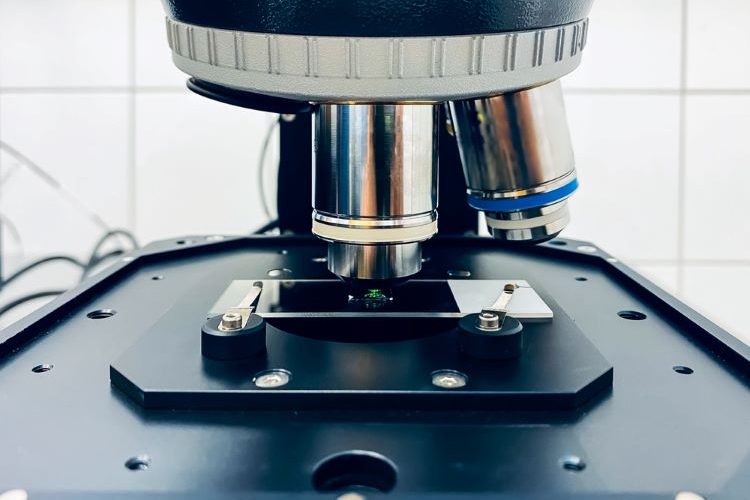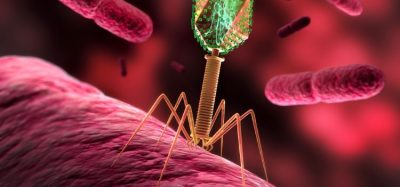Raman and machine learning show promise for online monitoring of bioreactors
Posted: 12 February 2024 | Catherine Eckford (European Pharmaceutical Review) | No comments yet
The approach applied in the research on bioreactors represents a significant advancement over traditional methods, according to the researchers.


Researchers based in France have demonstrated a robust online Raman monitoring model for bioreactors, which combines Raman spectroscopy and machine learning (ML).
In the study, the fermentation of alcohol by Saccharomyces cerevisiae (S. cerevisiae) was used as a benchmark bioprocess.
The method was validated across numerous batches and a fed-batch bioreactor. The paper confirmed this resulted in a good prediction of glucose, ethanol and cell concentration.
According to the authors, it effectively addresses the challenge of implementing an independent compound-based partial least squares (PLS) model when managing the compositional dynamics in bio-processes.
Most fermentation in pharmaceutical is accomplished using bioreactors, the paper acknowledged. However, the complexity of these bio-processes “are very complicated” and sometimes in practice they are “inconsistent…and any variation in the process may affect the quality and stability of the product, resulting in inestimable economic losses.”
A Raman monitoring model study
Methodology and findings
In the study, a PLS regression model was developed based on the spectra of individual pure solutions of glucose and ethanol. Next, Yang et al. defined a mathematical expression to estimate yeast concentration. Consequently, this enabled the correction of Raman intensity extinction induced by cell scattering, the paper reported.
“A nonlinear expression, the Raman extinction by cell scattering was quantified using the water band and serves as a proxy of yeast concentration”, the authors explained.
Two data sets were established: standards for modelling, and fermentation for validation and testing. Pure standards were prepared to develop a PLS quantitative model for analysing ethanol and glucose.
Meanwhile, a specific set of mixed standards was used to explore an innovative, flexible strategy of cell scattering correction. It enables those applying the method to adjust the coefficients depending on their goals, Yang et al stated.
The authors asserted that in investigating the behaviour of yeast population to Raman attenuation ratio, their paper “pioneered a non-linear function, enabling both the correction of spectrum attenuation and the prediction of cell concentration.”
Application of the method for online monitoring of bioreactors
Yang et al. concluded that the research findings suggest that the application of the method for bioreactors “represents a significant advancement over traditional methods”.
The paper was submitted to Bioresource Technology as pre-print (non-peer reviewed).
Related topics
Analytical techniques, Bioprocessing, Bioproduction, Raman Spectroscopy, Research & Development (R&D), Technology, Therapeutics









